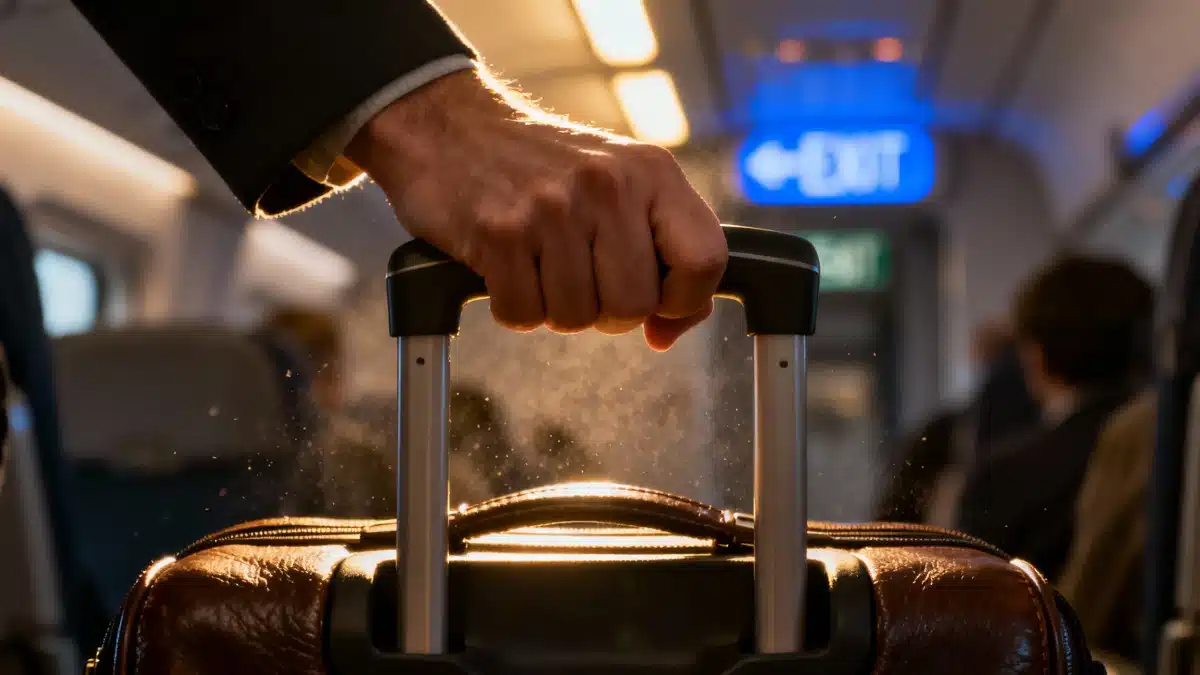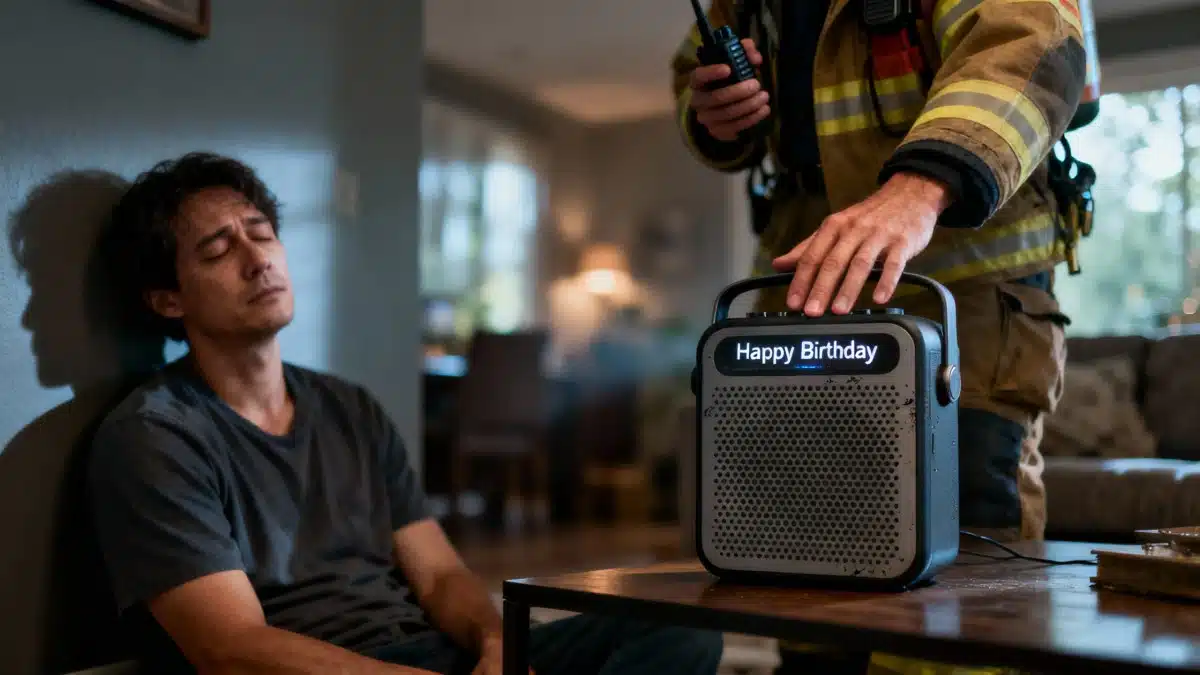New FAA Safety Alert: No Bags During Evacuation—Your Life Depends on It
On September 16, 2025, the FAA issued a new Safety Alert for Operators (SAFO 25003), dramatically titled “Addressing Risk Associated with Passenger Non-Compliance and Retention of Carry-On Baggage and Personal Items During Emergency Evacuations.” Translation? Too many people still try to grab their belongings before leaving the plane, even in life-or-death situations. These actions have repeatedly slowed down evacuations—and, in some cases, even damaged evacuation slides.
A follow-up press release on September 19 left no room for ambiguity: airlines are being urged to review everything from crew training and safety announcements to the way instructions are shouted during an evacuation. The FAA says reports are piling up that show how ignoring the ‘no bags’ rule only ramps up the danger for everyone:
- Blocked aisles
- Frequent falls
- Evacuation delays compared to the slim window of time where survival is possible
- Ultimately, higher injury and death rates
The FAA is clear, though: this alert isn’t a binding regulation. SAFOs are official recommendations issued by the Flight Standards Service, but FAA inspectors and investigators often use them as powerful persuasion tools with airlines. In short: you really, really should listen.
How Airlines Are Expected to Respond
In the coming weeks, airlines are expected to tweak their procedures. The FAA highlights several key changes, such as:
- Updating safety demonstrations and information cards onboard
- Standardizing announcements—whether pre-recorded or delivered by the crew
- Building scenarios where passengers try to grab their bags into emergency drill training
- Making sure exit-row briefings are not only delivered but actually effective
And the call goes beyond just the cabin: the FAA recommends stronger messaging in airports—think posters, educational videos, universal icons, or short, punchy slogans like « For everyone’s safety, leave your bag behind. »
Real World Dangers: Why This Isn’t Just Bureaucracy
The warning is anything but abstract. Investigations into recent emergency evacuations show that the ‘grab and go’ instinct is a near-universal threat. Back in 2019, during the evacuation of a Sukhoi Superjet at Moscow Sheremetyevo Airport—a disaster that claimed 41 lives—photos circulated of survivors escaping with their suitcases in hand. The debate over the effectiveness of inflight safety briefings flared up all over again. And this isn’t just a Russia thing: similar events have been documented in the United States, across Europe, and in Asia, showing that it’s a truly global (and stubborn) problem.
Every second counts during an evacuation. International rules (thanks, ICAO) require that an aircraft must be able to be evacuated in 90 seconds, using only half the available exits. But in real-world emergencies, hitting that 90-second mark is tough—sometimes downright impossible—because of stress, panic, and yes, people stopping to grab their bags.
So… Why Do Passengers Keep Reaching for Their Bags?
As anyone in aviation knows, very few things can be solved by “It’s simple, just do this…” Imagine a lithium battery catching fire inside a baggage compartment that can’t be opened because the seatbelt sign is still on. The real world is messy, and airline safety is no exception.
One commenter notes surprise that not all airlines repeat the ‘leave your luggage behind’ message every single time. Air France, for example, reliably reminds passengers before both takeoff and landing—something not every airline out there can claim.
Another question:
Could taking your bag during an evacuation actually be treated as endangering the lives of others? In France, for example, the penalty can be up to 1 year in prison and a €15,000 ($16,000) fine. Would it help to remind people of these risks before takeoff?
Not everyone has faith in fancy “locking” technology for overhead bins—just more potential equipment to fail at a crucial moment. Instead, some suggest a different approach:
- Going beyond the usual safety instructions (since everyone claims to know those anyway)
- Forcing airlines to commit to reimbursing passengers for ALL belongings if an evacuation is needed—maybe then people would panic less about leaving personal items behind
- Alternatively, training people to use a small, front-attached emergency pouch just for essentials (laptop, phone, medication, passport) so evacuations aren’t delayed
- And strictly enforcing fines and no-fly penalties for rule-breakers. That calm everyone down?
The bottom line? Most cabin bags don’t actually hold much of real value—usually just a laptop, meds, and maybe a few odds and ends. It might just be safer (and saner) to part with your precious carry-on and get out alive. After all, stuff can be replaced—your life, not so much.

John is a curious mind who loves to write about diverse topics. Passionate about sharing his thoughts and perspectives, he enjoys sparking conversations and encouraging discovery. For him, every subject is an invitation to discuss and learn.






